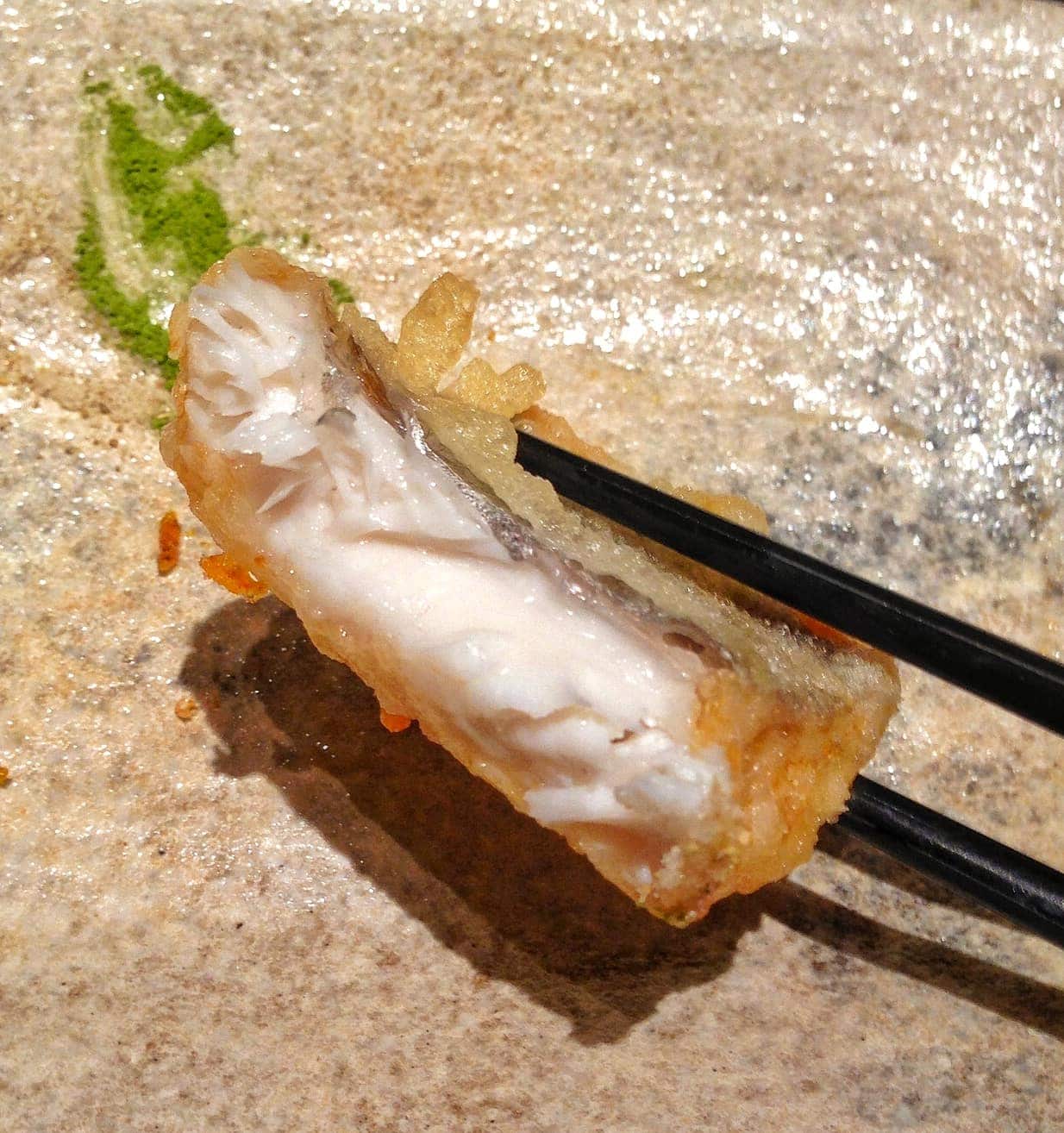
Tempura History in Japan.
Tempura is one of Japan’s most iconic foods that is quintessential in Japanese cuisine. And yet, the origins of the dish did not originate in Japan, but rather from Portuguese missionaries who accidentally crashed into the country on the way to Macau. Here’s a look into the tempura history, how it arrived in the country, and how to evolved to today’s classic.
Tempura from Tempora, Deliciously Lost in Translation
Tempura is an absolute classic in Japanese cuisine. The battered, then deep-fried seafood and vegetables can be a comfort food over a bowl of rice or noodle soup, or it can be the most exquisite fine dining experience.
It All Started in Nagasaki
In 1639, Japan formally closed all ports and banished all foreigners from the country as any foreign influence was considered a threat to Japanese society.
Prior to this decree, Nagasaki was the only commercial port open to foreigners, namely Chinese, Portuguese, and Dutch traders and missionaries.
In 1543, a Chinese ship carrying 3 Portuguese Jesuit missionaries on their way to Macau swept off course to Japan. This significantly marked the first time Europeans stepped onto Japanese soil.
Aside from religion, the Portuguese presence opened up trade with guns, soap, tobacco, wool, and recipes.
One of the recipes included the Portuguese “peixinhos da horta”, or “little fish of the garden”. These battered and deep-fried green beans were made during Lent only fish and vegetables were consumed. In Latin, this was called “ad tempora quadragesimae” meaning “at the time of Lent”.
When the Japanese saw this method of frying with no batter and no bread crumbs and when they heard “tempora”, tempura was born in Japan.
Remaking the Original Recipe into a Japanese Classic
The original Portuguese recipe consisted of minced balls of meat and fish as well as vegetables. These were served as snacks between meals.
Even today, the Japanese have an amazing talent for taking foreign food, modifying it to local tastes, and making a version even better than the original.
Japanese cuisine reveres freshness and seasonality. Agriculture and seafood are best enjoyed in their natural state in order to preserve the natural taste and character.
In the hands of the Japanese in the 18th century, the batter lightened to an incredible art form while the fish and vegetables were fried whole. At the same time, it became a complete meal rather than just a snack.
Tempura’s Journey Across the Country
From Nagasaki in the south, tempura made its northeast way to Kyoto and Osaka, and finally to Edo (the former name of today’s Tokyo region).
Prior to the Edo period, oil was expensive so tempura was an exclusive dish as it required a significant amount of oil to fry. Then during the Edo period, harvests of rapeseed and the development of oil refineries lessened the price of oil making deep-frying more accessible to the common people.
Tempura was then popularized by street vendors who freshly fried fish and vegetables. It was an easy and quick meal on the go.
It was during the Meiji period in the late 1800s when street vendors were replaced by restaurants. These cooks specialized in perfecting the cooking techniques for tempura to the recipes we can still find today.
Buy your Official JR Pass and Regional Pass!
Stay connected in Japan with Pocket Wifi!
Arrive in style and convenience with Meet & Greet service!
Sign up for my newsletter on the sidebar for blog updates and my travel insider tips! And, check out my vlogs on YouTube!



